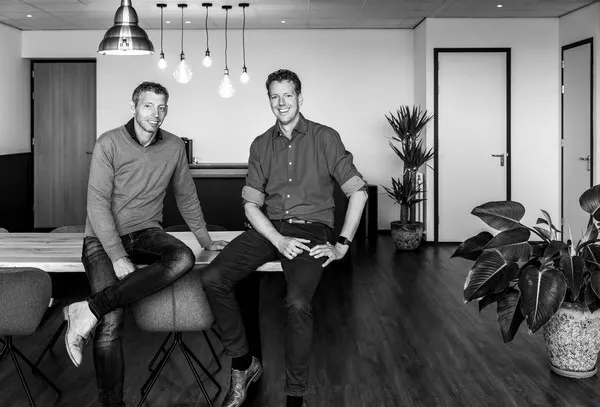The larger the supply, the more difficult the choice. The latter certainly applies to the lighting market in greenhouse horticulture, where with the rise of LED lighting, the number of suppliers is increasing very rapidly and one luminaire or installation promises to be even better and more sustainable than the other. As a grower, it is difficult to make a choice, keeping in mind that roughly half of the investment in the greenhouse will be required for lighting.
Ultimately, that choice is always made, quickly and independently or, as it often goes, after good consultation with the supplier. But, is the latter actually independent and does it always result in the best possible lighting installation for the grower in his specific situation? The answer is no, Arno Wartewig and René van der Sar from Orance are convinced of this. With the consultancy and engineering agency Orance, based in The Netherlands, they offer this independent support in the ever-expanding lighting jungle, whereby, together with the grower, the most optimal installation with the most suitable luminaires is determined.
“Last year after GreenTech we started keeping track of the amount of companies and in the RAI in Amsterdam alone we found some seventy horticultural lighting providers,” says Arno. "That gigantic number of companies with greenhouse horticultural pretensions denotes exactly what challenge the grower faces today, namely a gigantic, confusing range of luminaires, each with its own specific electrical installation."

Arno and René at the office in Monster
Multi-million investment
Until a few years ago, that choice was quite clear, the standard was 1000 Watt HPS. The market levelled and the major difference, regardless of the price, was mainly the type of reflector, explains René, the technician of the two. “With the advent of LED, the supply has grown enormously and it is simply impossible for growers to make a well-founded, independent choice. And that choice is what every grower should really want, considering the millions of euros involved in the current LED lighting market.”
Transaction oriented market
In the meantime, the choices for investments in lighting are still not made, as is customary in many other sectors, with an independent technical advisor. “So there are unfortunately countless examples of luminaires that are good in itself, but that do not fit the needs of the grower, the greenhouse, the electrical installation or the relevant desired climate,” Arno continues. “A well-elaborated plan and cooperation with the project-involved partners (grower, independent consultant and suppliers) ensures the right choices.”
Lighting market remains unclear
René and Arno do not expect a change in the unstable lighting market in the coming years. "No, it will only get more unsteady and confusing, because the world food problem is grist to the mill for new providers who all pretend to be able to solve part of that problem with their luminaire," according to Arno. “Many new players from the non-residential sector want to jump into the greenhouse horticulture market, but lighting a hotel or warehouse is really something different than a greenhouse,” René adds. “Sector experience is an essential factor in making the right choice for the long term.”
Success stories
For the grower, with a stack of offers in front of him, that choice is almost impossible to make. The different providers have technical differences, which makes it very challenging to make a proper assessment. If the ‘good story’, the two hundred thousand euro lower total price or an apparently good "guarantee proposal" is decisive, it might come to regret afterwards.
“Growers often already have a good idea of what they want, but as a grow light architect, as you can see us, we start by translating these ideas into a technically elaborated (engineering) plan and accompanying clear specifications. These specifications provide an overview, enabling the grower to make well-founded and independent choices. Our promise is the best customer-specific grow light installation at the best price! Finally everyone benefits from this, both grower and supplier. After all, everyone wants success stories.”
For more information:
Orance
www.orance.nl
Arno Wartewig
[email protected]
René van der Sar
[email protected]
